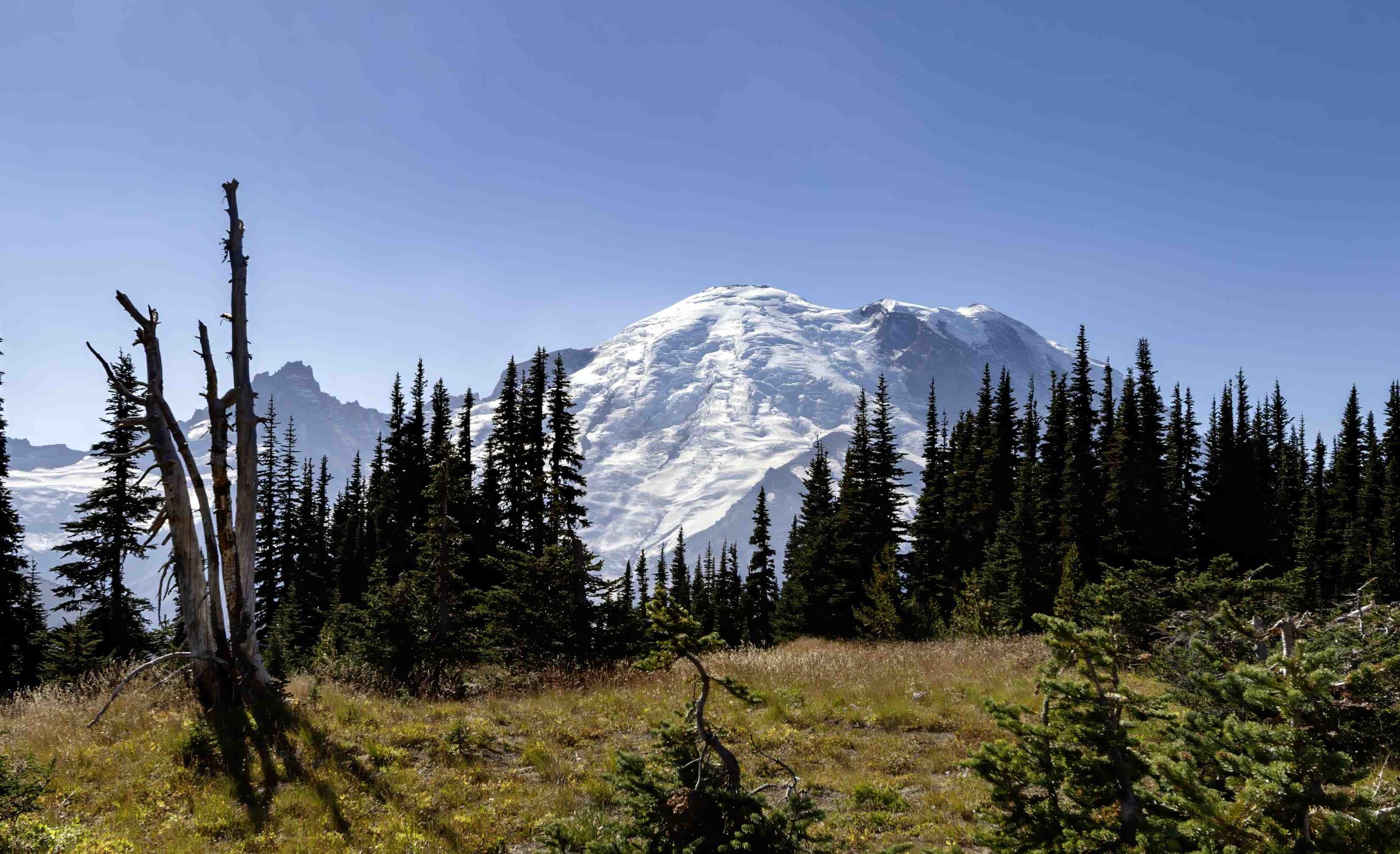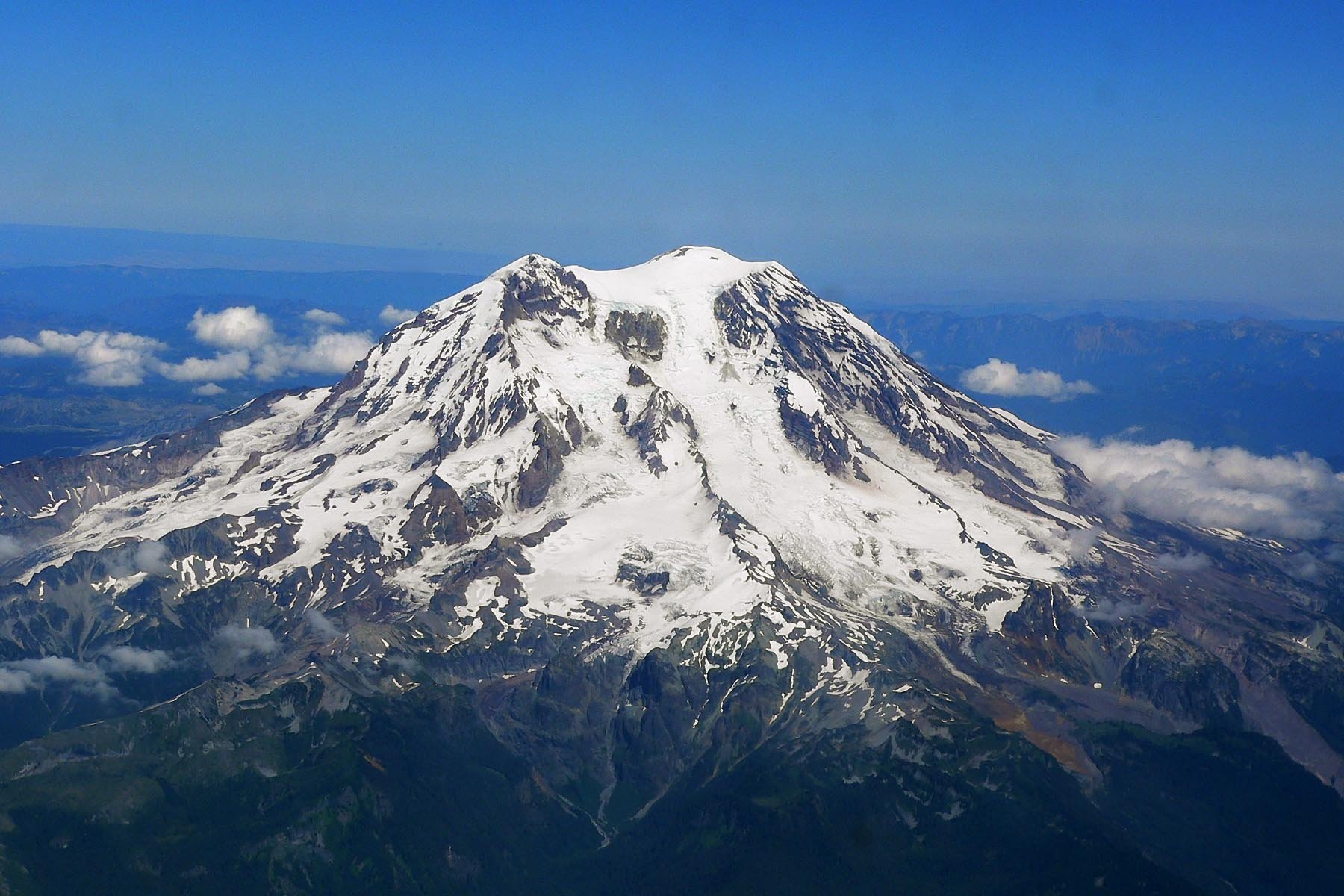Climbing Mount Rainier is an intense physical challenge that can burn a significant number of calories. The average calories burned climbing Mount Rainier varies depending on factors such as route, duration, and individual characteristics. Generally, climbers can expect to burn between 5,000 to 7,000 calories during a summit attempt via the Disappointment Cleaver route, with other routes potentially burning more. This calorie expenditure is influenced by the substantial elevation gain, challenging terrain, and extended duration of the climb.
What Are the Key Factors Affecting Calorie Burn on Mount Rainier?

Several factors contribute to the average calories burned climbing Mount Rainier:
- Route selection
- Elevation gain
- Climb duration
- Individual physical characteristics
- Weather conditions
- Pack weight
Let’s explore these factors in more detail:
Route Selection
Different routes on Mount Rainier can lead to varying calorie expenditures:
- Disappointment Cleaver Route: This popular route involves an elevation gain of about 9,000 feet from Paradise to the summit. Climbers typically burn between 5,000 to 7,000 calories for the entire round trip.
- Emmons Glacier Route: Generally longer than the Disappointment Cleaver, this route may result in slightly higher calorie burn due to increased duration and potentially more strenuous conditions.
- Liberty Ridge: As a more technically challenging route, it may require additional energy expenditure due to the need for specialized equipment and techniques.
Elevation Gain
The substantial elevation gain on Mount Rainier significantly impacts calorie burn:
- Paradise to Summit: Approximately 9,000 feet of elevation gain
- Estimated calorie burn: 260 calories per 1,000 feet of elevation gain
This means climbers can expect to burn around 2,340 calories from elevation gain alone on a typical summit attempt from Paradise.
How Does Climb Duration Affect Calorie Expenditure?

The length of time spent climbing directly influences the total calories burned:
- Average climbing burn rate: 8-11 calories per minute of active climbing
- Typical summit day duration: 10-14 hours
- Potential calorie burn for summit day: 4,800 to 7,840 calories (not including rest periods)
| Climb Duration | Estimated Calorie Burn |
|---|---|
| 10 hours | 4,800 – 6,600 calories |
| 12 hours | 5,760 – 7,920 calories |
| 14 hours | 6,720 – 9,240 calories |
What Role Do Individual Physical Characteristics Play?
Personal factors significantly impact the average calories burned climbing Mount Rainier:
- Weight: Heavier individuals burn more calories due to increased energy requirements for movement.
- Fitness level: More efficient climbers may burn fewer calories for the same route.
- Age and gender: These factors can influence metabolic rate and overall calorie expenditure.
- Acclimatization: Better-acclimatized climbers may expend less energy at high altitudes.
How Does Altitude Affect Calorie Burn?
The high altitude of Mount Rainier increases calorie expenditure:
- Lower oxygen levels make physical activity more strenuous
- Increased respiratory rate and heart rate lead to higher energy consumption
- Altitude can affect appetite and digestion, potentially impacting overall energy balance
What Impact Does Pack Weight Have on Calorie Burn?
Carrying a heavy pack significantly increases calorie expenditure:
- Typical pack weight for Mount Rainier: 35-50 pounds
- Additional calorie burn: Approximately 50-100 calories per hour for every 10 pounds of pack weight
This means a climber with a 40-pound pack could burn an extra 200-400 calories per hour compared to hiking without a pack.
How Do Weather Conditions Influence Calorie Expenditure?
Weather can dramatically affect the average calories burned climbing Mount Rainier:
- Cold temperatures increase calorie burn as the body works to maintain core temperature
- Wind chill can further amplify this effect
- Challenging snow conditions may require more energy for movement
What Are the Calorie Expenditures for Different Mount Rainier Trails?
While summit attempts burn the most calories, other trails on Mount Rainier also offer significant calorie-burning potential:
Wonderland Trail
- Length: 93 miles
- Elevation gain: 22,000 feet
- Estimated total calorie burn: 30,830 calories
Breakdown:
– Distance: 93 miles * 270 calories/mile = 25,110 calories
– Elevation gain: (22,000 feet / 1,000 feet) * 260 calories = 5,720 calories
Skyline Trail
- Length: 5 miles round trip
- Elevation gain: 1,700 feet
- Estimated total calorie burn: 1,792 calories
Breakdown:
– Distance: 5 miles * 270 calories/mile = 1,350 calories
– Elevation gain: (1,700 feet / 1,000 feet) * 260 calories = 442 calories
How Can Climbers Prepare for the High Calorie Expenditure?
To manage the significant calorie burn on Mount Rainier, climbers should:
- Increase caloric intake before and during the climb
- Focus on nutrient-dense, high-energy foods
- Stay well-hydrated to support metabolic processes
- Train extensively to improve climbing efficiency
- Consider using energy gels or sports drinks for quick energy during the climb
By understanding the average calories burned climbing Mount Rainier and the factors that influence this expenditure, climbers can better prepare for the physical demands of this challenging ascent.
References:
1. How many calories does climbing burn?
2. Mt. Rainier 4 Day Climb
3. Mount Rainier FAQ
